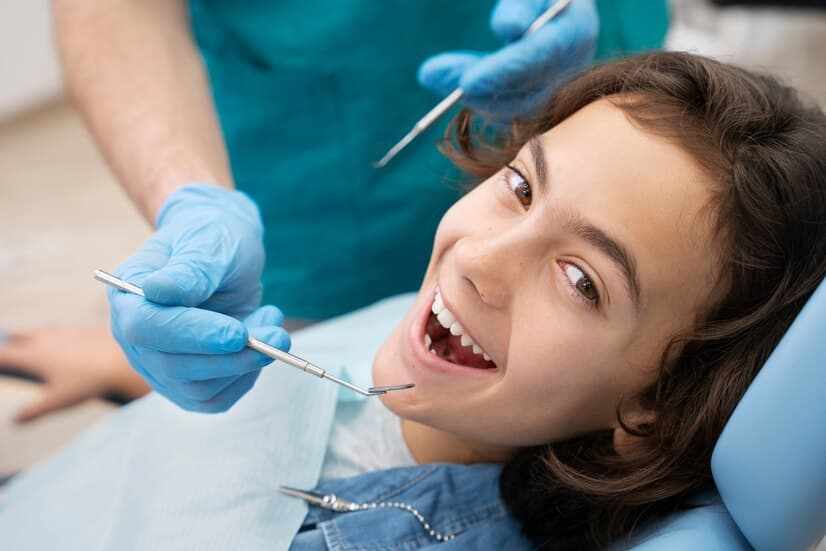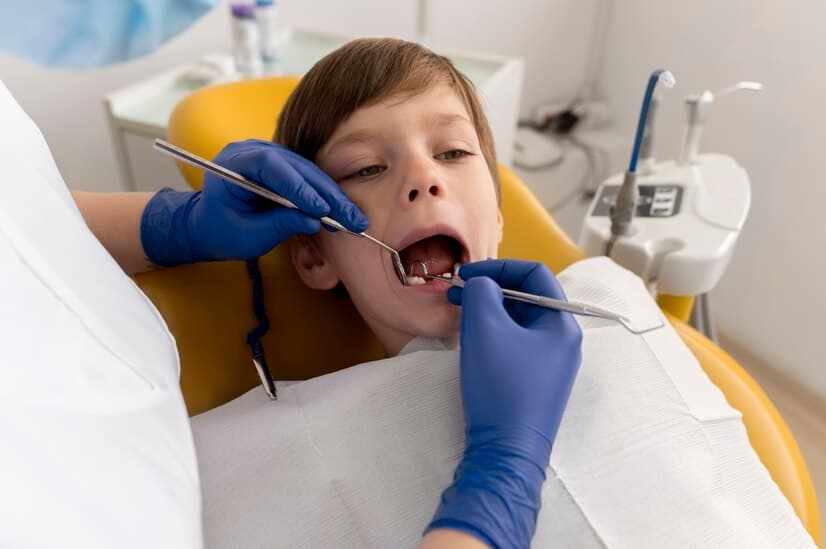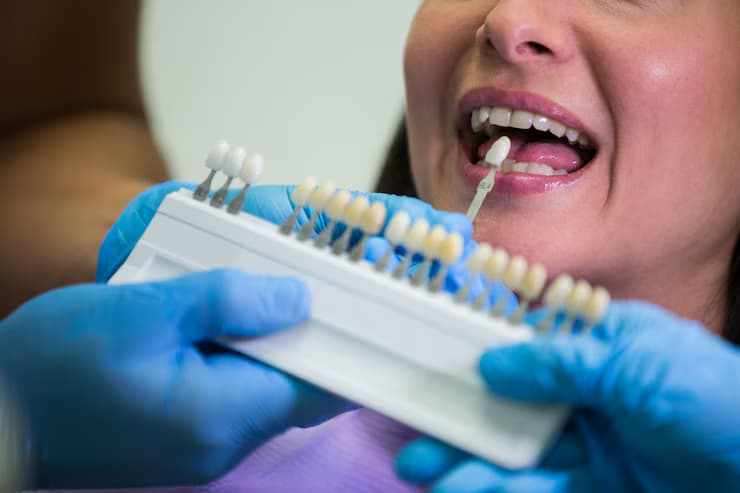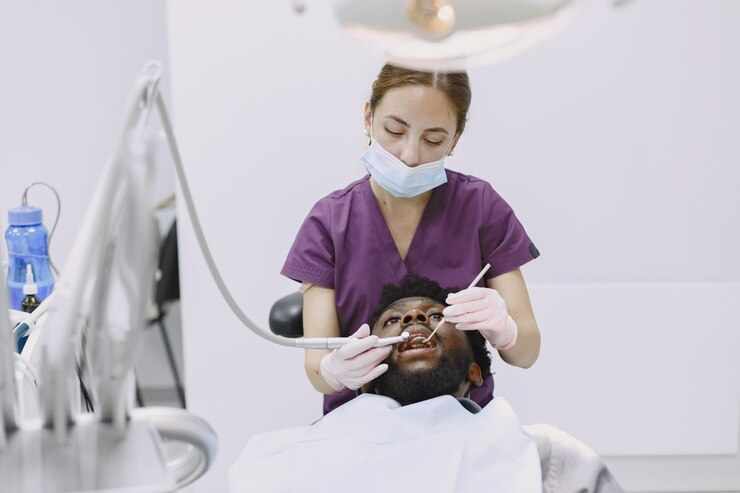
As parents, we keep a close eye on our children’s growth, height, speech, schoolwork, and even diet. But one area that’s often overlooked is children’s orthodontics. Most families don’t think about orthodontic care until their child becomes a teenager, but many orthodontists now recommend an evaluation much earlier, around age 7.
Why so young? It’s not about putting braces on a second grader. It’s about understanding how their smile is developing and catching any issues before they become complex. Here's what every parent should know about early orthodontic visits and how they help support long-term oral health.
What Is Early Orthodontic Evaluation?
An early orthodontic visit, also known as interceptive orthodontics, is a way to assess how a child’s teeth and jaw are growing. At age 7, most kids have a mix of baby teeth and permanent teeth, which gives orthodontists a clear view of how the mouth is developing.
During this visit, the specialist looks for issues like crowding, bite alignment, jaw growth problems, or habits like thumb-sucking that might affect future development. They’re not just checking for crooked teeth; they’re looking at the entire structure of the mouth, which can influence speech, chewing, and breathing patterns.
Why Age 7?
Age 7 is often the sweet spot for children’s orthodontics because permanent molars have usually come in by then. These molars help define the bite pattern, and they allow orthodontists to see how the upper and lower jaws are aligning.
At this stage, it's easier to detect:
Crossbites or overbites
Narrow arches
Early crowding
Delayed loss of baby teeth
Jaw discrepancies
By catching these concerns early, orthodontists can create a plan that may reduce or even eliminate the need for more extensive treatment later.
Does Early Evaluation Mean Early Treatment?
Not always. In fact, many children seen at age 7 won’t need treatment right away. The goal of early evaluation is to monitor and guide growth, not to rush into braces.
However, for kids who do need early care, treatment is often shorter, simpler, and more targeted. For example, a child with a narrow jaw might benefit from a palatal expander to create space before adult teeth come in. Without early care, that same child may need extractions or longer treatment as a teen.
Benefits of Interceptive Orthodontics
There are several reasons orthodontists recommend early evaluation, and many of them go beyond aesthetics. Some of the benefits include:
Reducing the need for extractions later in life
Improving facial symmetry by guiding jaw growth
Creating space for incoming permanent teeth
Correcting harmful habits like thumb-sucking or mouth breathing
Avoiding damage to protruding front teeth
Improving speech and chewing function
When issues are addressed early, they can be treated while the child’s bones are still growing, which often leads to more effective and stable results.
Common Signs Your Child May Need an Orthodontic Check-Up
Even if your child’s teeth look fine, there may be signs they could benefit from an early visit. Watch for these subtle indicators:
Difficulty chewing or biting
Mouth breathing
Thumb-sucking past age 5
Speech problems
Baby teeth that fall out too early or too late
Upper and lower teeth that don’t meet properly
If you notice any of these signs, it’s a good idea to schedule an evaluation with an orthodontist who specializes in children’s orthodontics.
How to Choose the Right Orthodontist for Your Child
When it comes to your child’s care, you want someone who understands how to work with younger patients. Look for an orthodontic office that:
Specializes in pediatric or family orthodontics
Offers flexible scheduling and a welcoming environment
Uses modern diagnostic tools like digital X-rays
Communicates clearly about what to expect at each stage
Orthodontists experienced in early care know how to ease nervous patients and explain procedures in child-friendly terms. That first visit can set the tone for how your child views dental care for life.
What to Expect at the First Visit
The first orthodontic visit is more about evaluation than treatment. During the appointment, the orthodontist may:
Review your child’s medical and dental history
Take X-rays or digital scans of the mouth and jaw
Assess growth patterns and alignment
Discuss current or potential concerns
From there, they’ll let you know whether treatment is needed now or later, and how they’ll monitor development in the meantime.
The Takeaway: Early Care, Better Outcomes
Children’s orthodontics isn’t just about braces, it’s about guiding healthy growth from the start. Visiting an orthodontist by age 7 gives you a chance to get ahead of developing issues and understand your child’s unique smile journey.
Even if your child doesn’t need treatment right away, that early visit offers peace of mind and a professional partner who’s keeping an eye on what comes next. A little planning today can mean fewer surprises (and smoother care) tomorrow.






Write a comment ...